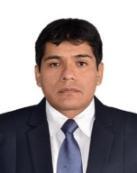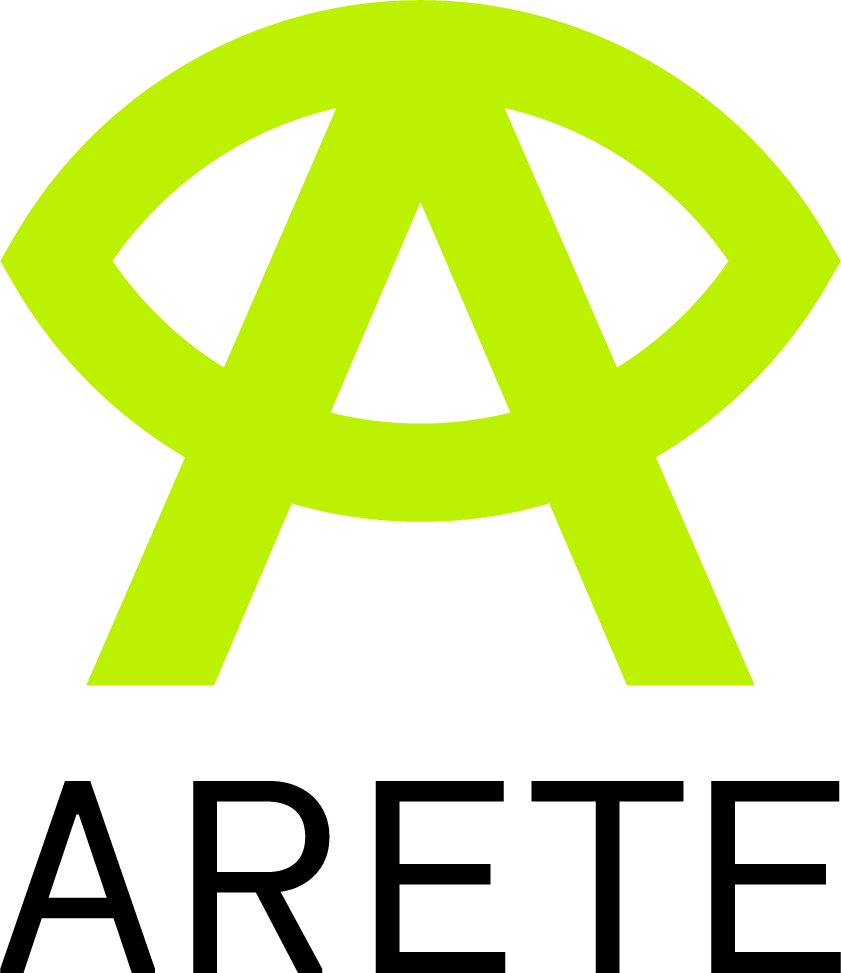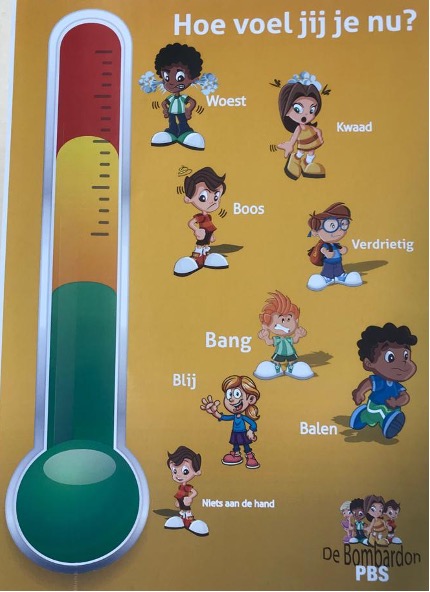ARETE goes to South America? A Collaborative Effort with Prof. Hernan Nina
“Augmented Reality Educational Applications: Let’s find out what students and teachers need!” is not only the credo of the ARETE HCI team. It was also the title of a keynote delivered by Prof. Effie Law (Durham University, UK) on 28th October 2021 for the International Systems Engineering Congress (CIIS 2021), organized by the Universidad de Lima, Perú, where Prof. Hernán Nina is a member of the organizing committee. In the Q&A session following the talk, a member of the audience posed an inspiring question on whether the educational use of AR could bridge the digital divide. Generally speaking, the digital divide refers to the gap between those who have access to digital technologies as opposed to those who have not, and the gap in knowledge and skills that people need to utilise them [1].
Based on the findings of the ARETE surveys on AR in education conducted with teachers and students in primary and secondary schools in a number of European countries [2], the answer to the question tended to be a ‘no’. The digital divide would need to be bridged first, to allow for educational use of AR for all. Otherwise, the adoption of AR by some might even widen the gap. In fact, a salient user requirement derived from the results of the surveys conducted in Europe was that school management should provide teachers and students with appropriate infrastructure and hardware, including the Internet and mobile devices such as tablets and smartphones required to run AR apps. Nonetheless, whether similar observations would be obtained in countries outside Europe is yet to be determined.
Consequently, stimulated by that particular question, Prof. Hernan Nina and Prof. Law together with their teams have been motivated to look into surveying the educational uses of AR in South American countries. In a collaborative effort they launched the aforementioned surveys in Peru and neighbouring countries. This will allow us to identify similarities and differences between South America and Europe. To address the initial question that started it all, we also aspire to gain insights into the digital divide issues, and hopefully draw implications for possible solutions.
The surveys consist of three major sections: Demographics, General experience and expectations on AR, and Recent usage of AR (if applicable). They have been adapted to reach broader audiences. Instead of restricting participation to those who have AR experience, the surveys are now open to whoever is interested in using AR for learning or teaching, even if they have never used AR before.
The translated web-based surveys are currently distributed to teachers and students by local researchers. As of May 2022, the majority of respondents are from Peru; the other countries involved are Argentina, Bolivia, Brazil, Chile, Colombia, Ecuador, Mexico, and Nicaragua. The process of data collection is still ongoing. For the data analysis we will apply the same quantitative and qualitative data methods employed in [2]. We plan to produce a report in early July.
Prof. Law and her team are grateful to Prof. Hernan Nina and his networks for their generous support to disseminate the surveys. It is our great pleasure to introduce him to our community:

Hernan Nina (Senior Member, IEEE) is currently a Full Professor and Editor in Chief of Interfases journal (ISSN: 1993-4912) at the Universidad de Lima, Peru. He received a B.Sc. degree in informatics and system engineering and a Master of Administration degree from the Universidad Nacional de San Antonio Abad del Cusco (UNSAAC), Peru, a master’s degree in informática with a mention in software engineering from the Pontificia Universidad Católica del Perú (PUCP), and the Dr. degree in system engineering from Universidad Nacional Federico Villareal (UNFV), Peru. He is a researcher RENACYT from CONCYTEC, Peru. His research interests include software and system engineering, innovation in higher education, human-computer interaction, and secure software development. He is also a member of ACM.
We anticipate more collaboration on educational AR with colleagues in South America in the future.
Effie Law, Matthias Heintz, and Santawat Thanyadit
References
[1] Van Dijk, J. A. G. M. (2017). Digital divide: Impact of access. The International Encyclopedia of Media Effects, 1-11.
[2] ARETE Deliverable D4.2: Analysis of User Requirements, Needs and Visionary User Cases for ARETE (Available online: https://zenodo.org/record/4724874#.YpjDlcBByUl)



